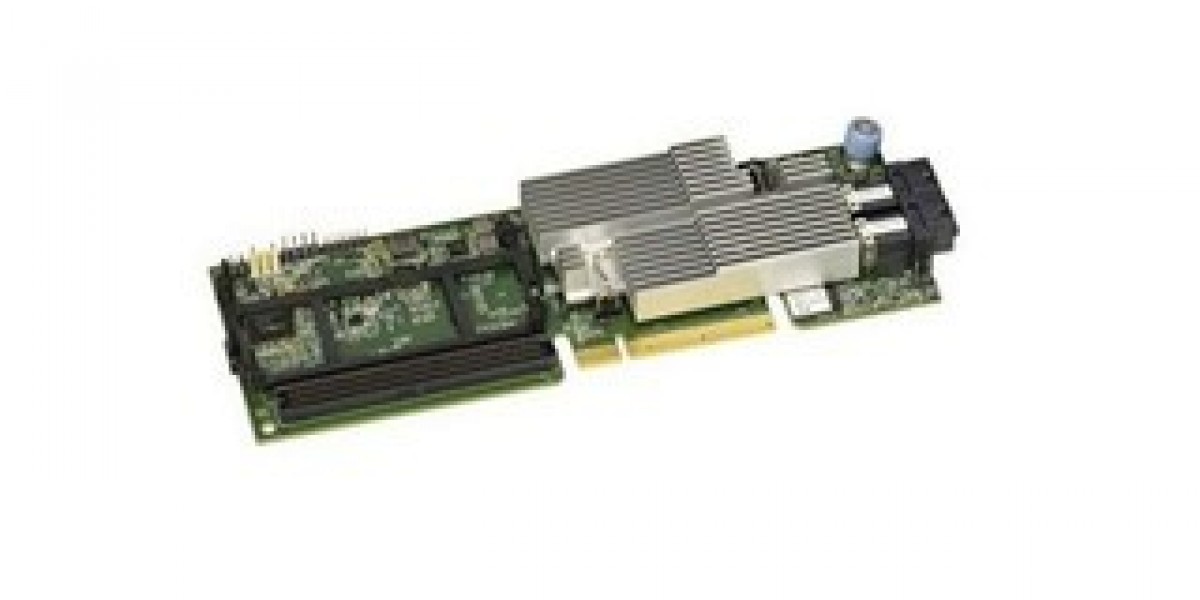Introduction
RAID (Redundant Array of Independent Disks) technology revolutionizes data storage by combining multiple drives into a single system for better performance, redundancy, or both. At the heart of this system is the RAID controller card, a specialized hardware component critical for managing RAID arrays.
What Is a RAID Controller Card?
A RAID controller card is a hardware device installed into a computer’s motherboard or server to manage multiple hard drives or SSDs as a single logical unit. It handles the complex operations of striping, mirroring, and parity calculations required by various RAID levels (e.g., RAID 0, RAID 1, RAID 5). By offloading these tasks from the CPU, RAID controller cards ensure faster and more reliable storage operations.
Types of RAID Controller Cards
RAID controller cards come in two primary types: hardware-based and software-based. Hardware RAID controllers have dedicated processors and memory to handle RAID tasks independently, offering superior performance and reliability. Software RAID controllers rely on the host CPU for processing, making them less expensive but less efficient for high-demand applications.
Benefits of RAID Controller Cards
- Improved Performance: RAID levels like RAID 0 use striping to split data across multiple drives, significantly boosting read and write speeds.
- Data Redundancy: RAID levels such as RAID 1 and RAID 5 provide redundancy by duplicating or distributing data across drives, minimizing the risk of data loss due to drive failure.
- Scalability: RAID controllers allow users to expand storage capacity by adding more drives without sacrificing performance.
Applications in Modern Computing
RAID controller cards are indispensable in enterprise environments where data integrity and performance are paramount. Servers, databases, video editing systems, and virtual machines rely heavily on these controllers to ensure continuous uptime and fast data access.
Choosing the Right RAID Controller Card
Selecting the appropriate RAID controller card depends on the intended use. Key considerations include the number of supported drives, RAID levels, compatibility with the system, and features like battery backup and caching. For mission-critical applications, investing in high-end hardware RAID controllers ensures robust performance and reliability.
Conclusion
RAID controller cards play a vital role in modern storage systems, offering a seamless blend of performance, redundancy, and scalability. Whether for enterprise data centers or demanding personal projects, these cards enhance the efficiency and reliability of RAID arrays, making them an essential component in the world of data storage.



